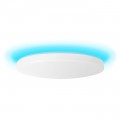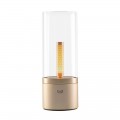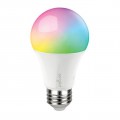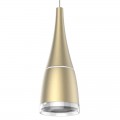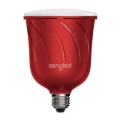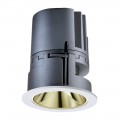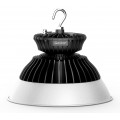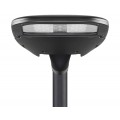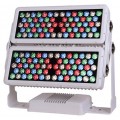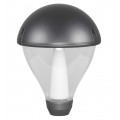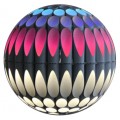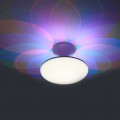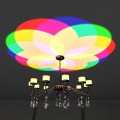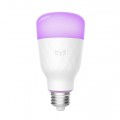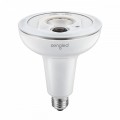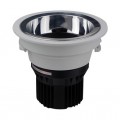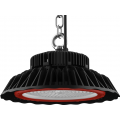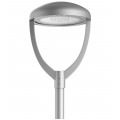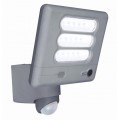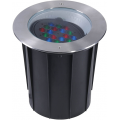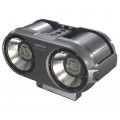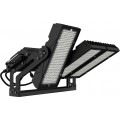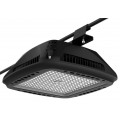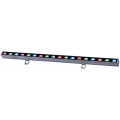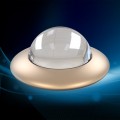LED lighting has become popular in the industry owing to its many advantages that this technology provides. It is often advantageous to implement LED lamps with a dimming functionality to provide adjustable light output. Dimming control describes operation of modifying luminance or brightness of an LED lighting device based on external disturbance applied thereto. LEDs react instantaneously to variations in power input, making solid state lighting extremely suitable for dimming scenarios. Often, LED lamps with a dimming function may not only help save energy, but also provide numerous experiences for people in different applications.
Continuous dimming of incandescent lamps is primarily achieved using triac-equipped dimmer circuits connected in line with the lamp, using so-called "phase cut" dimming where a portion of the line AC waveform is simply removed in each AC cycle to minimize the light output. The LEDs, nonetheless, may malfunction when working with traditional circuits or control devices. Generally, phase-controlled dimmers include a triode for alternating current, further known as a triac. A triac is a bidirectional switch which can conduct current in both directions when it is triggered, i.e. turned on. It can be activated by either a positive or a negative voltage being applied to its gate electrode. Although phase angle dimming is very effective with incandescent lamps that receive the altered AC line voltage directly, it often makes problems for LED lamps driven by a switching power converter. Contrary to incandescent and other resistive lighting devices which respond naturally while not error to a chopped sine wave caused by a phase-cutting dimmer, LEDs and other solid state lighting loads may incur several problems when placed on such phase chopping dimmers, including low end drop out, triac misfiring, minimum load issues, high end flicker, and large steps in light output. The deficiency of universal compatibility will prevent or significantly reduce the popularity of LED lamps into the marketplace as replacements or retrofits for standard incandescent lamps. For an LED luminaire to respond accurately to a phase-control dimmer, it is essential to add several functional blocks into the driver electronics.
For AC line dimmers, there are two types of dimming control schemes: analog dimming and PWM dimming methods. The advantage of analog dimming is simple and no output noise; the downside is that there is color shift as the LED driving current decreases. Another problem with analog dimming is there is confliction between response capability and modulation concerning line frequency. Analog dimming changes brightness by changing forward current of the LEDs. The analog circuit is configured to vary the level of the direct current that is fed through the LED devices. The driver electronics linearly reduces the current to dim the LEDs. With the brightness level of the LED lamp being closely proportional to the level of current. Although this dimming scheme works well for lower end displays, the color of the LEDs shifts with changes in forward current, which is unwanted. An analog dimming range is often limited in the range of when current is adjustable (not constant).
Other LED drivers use digital dimming most notably pulse width modulation (PWM) to periodically switch between an established current and a substantially zero current flow through the LED. This approach can change LED brightness while maintaining color quality. PWM dimminguse a fixed current amplitude, and afterwards to interrupt the flow of current at some frequency and duty cycle. However, PWM dimming will depend on the capability of the human eye to integrate the average amount of light in the pulses. Provided the pulse rate is high enough,the eye does not perceive the pulsing but only the overall average. This technique uses a high frequency to prevent flickering that may be detectable by human eyes and/or cause digital noise, which is undesirable. The efficiency (Im/W) of LED's us comparatively high at lower drive currents, and as a result known PWM dimming methods are less efficient than known analog dimming methods.
LED drivers are often used to deliver the proper power supplies for LED systems. Drivers may also perform various additional functions to facilitate advanced user control. One particular function that drivers provide or facilitate is dimming the lighting system. Nonetheless, to add a dimmer in the driving circuit may add to the cost in use and can require complicated, additional installation. Such designs have poor compatibility and low efficiency. It is desirable to trim down the amount of components needed to support LED dimming, and thus simplifying the LED driver design and reducing system cost. Accordingly, there is a need in this field for a dedicated dimmer solution to be applied for use with LED lighting technology to offer proper and accurate control with minimal risk of misfire in the simplest form.

















